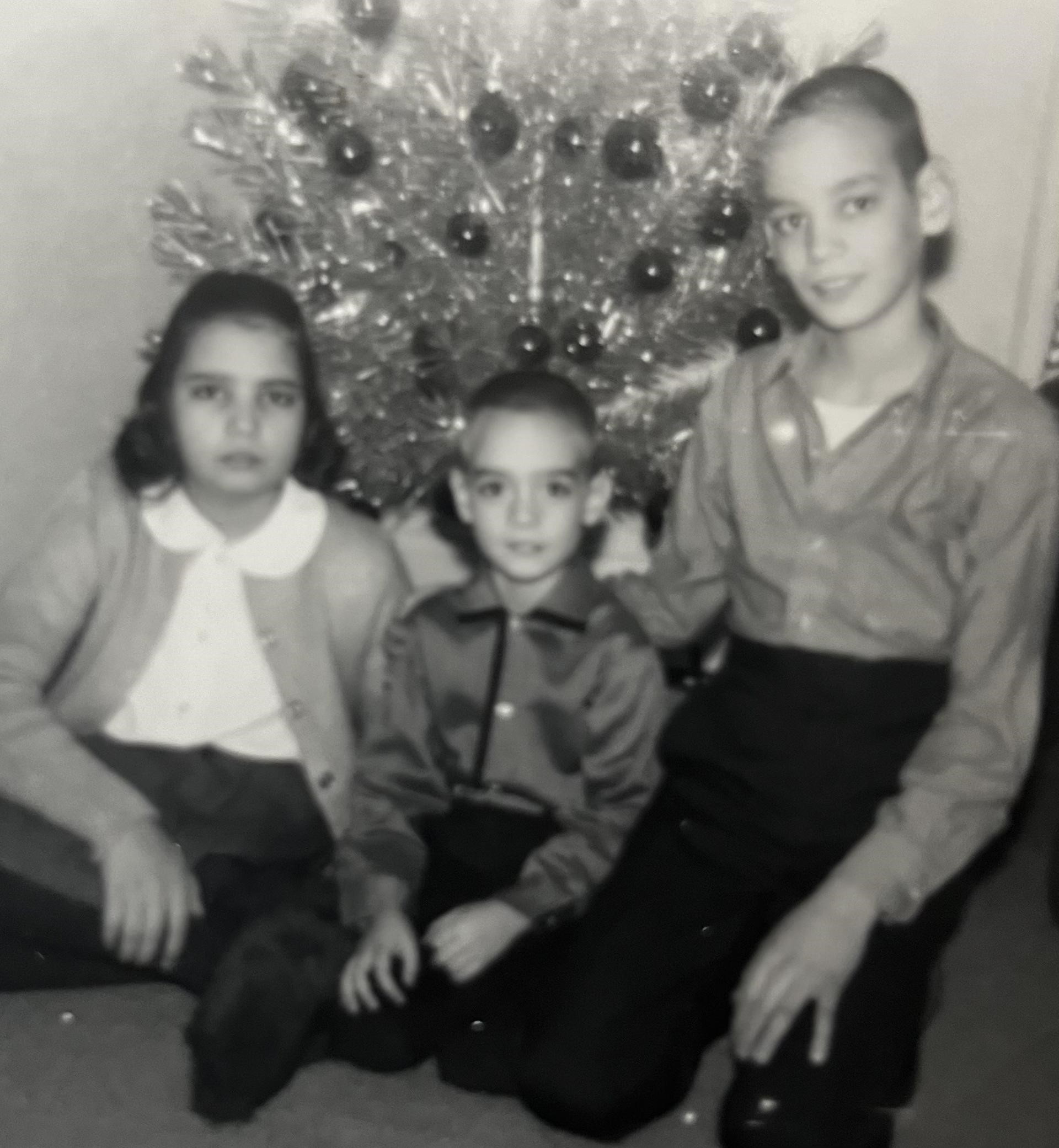
Christmas in January Celebrated by Serbian Orthodox
When Europeans, primarily from the Balkans, were recruited to work in the Pennsylvania Steel plant in Steelton, a neighboring community to the Turnpike’s central office, they brought with them centuries of traditions. That’s why, at the beginning of the 20th Century, Steelton had five Catholic churches and two churches celebrating the Orthodox Christian faith.
Pictured left, Rev. Father Christopher Rocknage of St. Nicholas Serbian Orthodox Church is getting ready to celebrate Christmas on January 7.
In each church the language of their country of origin was spoken and the related church schools taught it as well. Serbs, Bulgarians, Macedonians, Irish, Italians, Germans, Slovenians and Croatians became the backbone of this workingman’s town and focused their hard-earned resources on their families and their faith. Steelton’s immigrants believed that in raising up, or building a church, you were raising yourself up and becoming closer to God.
As the current rector of one of the original faith communities that remains intact, Rev. Father Christopher Rocknage of St. Nicholas Serbian Orthodox Church, explained the reason for their Christmas celebration on January 7.
"Both the Julian and Gregorian calendars have inaccuracies," Rocknage said. "However, the Julian calendar is the liturgical calendar we follow. When Pope Gregory introduced the Gregorian calendar in the 16th century, there were still issues. Thus, much of the Orthodox Christian world, including the Serbian, Ukrainian, Russian, Alexandrian (African) and Jerusalem Orthodox Churches, still celebrates Christmas Day, Dec. 25, on the Jan. 7 date."
St Nick’s was founded in 1903, and though the original church no longer remains in the heart of Steelton, the white domes of the new church, built and blessed in 1968, can be seen from the road adjacent to the Turnpike building on Harrisburg Street.
Mike Sunajko, ETC Systems Coordinator, still attends St. Nick’s and worships there in both English and Serbian. What he calls “Serbian Christmas” is special time for his faith as well as his family and friends. The celebrations include special ethnic dishes – Sarma, pork, many sweet treats, and Slivovitz – after a period of fasting.
“As a little boy, and the youngest in my family, I was the one who turned the spit when my great uncle roasted the Christmas pig in his backyard,” Sunajko said. “We were aware others celebrated Christmas in December, but I remember feeling our celebrations were special and meaningful. I still feel that way.”
He recalls the Nativity vigil involved lighting Badnjak tree branches on fire outside of the church, representing bringing light to the darkness.
“At the end of our Christmas service the priest exclaims ‘Christ is born’,” continues Sunajko. “And we respond ‘Indeed, He is born’.”
Sunajko and his family still cherish and practice the many meaningful traditions of the Serbian Orthodox faith.
“People sometimes tell me they think of my church as having unique and reverent traditions,” concludes Sunajko. “But for me, it’s the only thing I have ever known. It’s just part of who I am.”
Pictured below is Mike Sunajko, Turnpike Electronic Toll Collection Systems Coordinator (center) with his siblings at a Serbian Orthodox celebration circa 1965.

- By Rosanne Placey, Manager of Communications and Marketing

